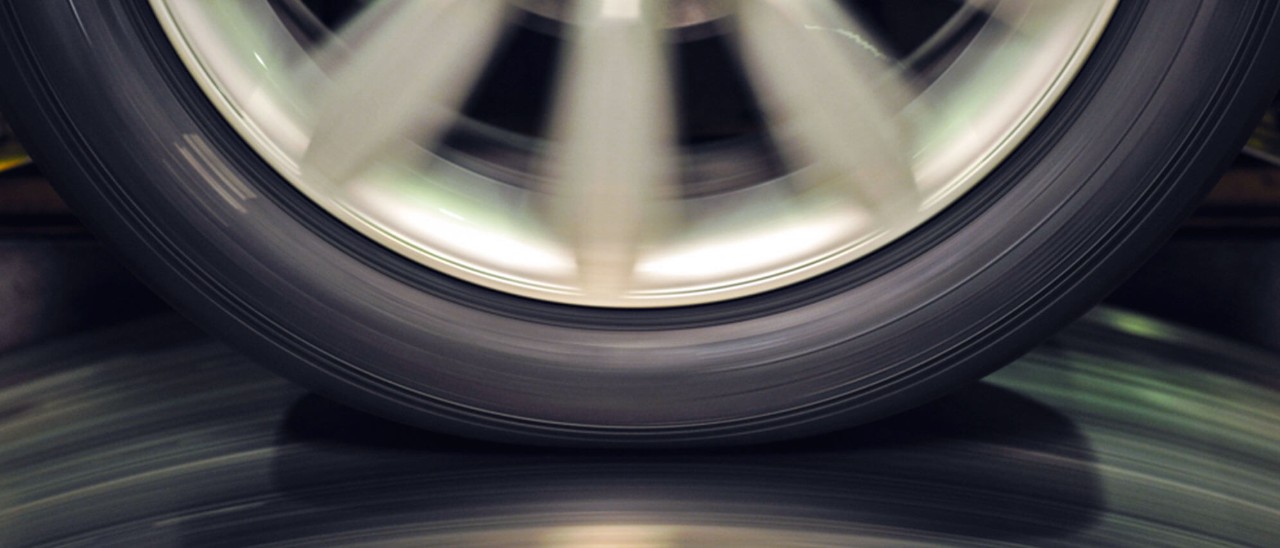The manufacturing process:
Up to 30 different kinds of rubber, fillers and other ingredients are used in your tire’s rubber. The ingredients are mixed in giant blenders to create a black, gummy compound that will be sent on for milling.
The cooled rubber is cut into strips that will form the basic structure of the tire itself. At the milling stage, other elements of the tire are prepared, some of which are then coated in another type of rubber.
It’s now time to make the tire – from the inside out. The textile elements, steel belts, beads, ply, tread, and other components are placed in a tire-building machine. The result is a ‘green tire’ – a tire that is beginning to look finished.
The green tire is then vulcanised with hot moulds in a curing machine, compressing all of the parts of the tire together and giving the tire its final shape, including its tread pattern and manufacturer’s sidewall markings.
Trained inspectors using special machinery will now carefully check each tire for the slightest blemish or imperfection before it can be shipped for sale.
In addition to that, a selection of tires is pulled from the line for x-raying to check for potential internal weaknesses or failures. Our quality control engineers also randomly select tires off the line and cut them open to ensure they meet Goodyear standards.

The plies are the layers of fabric that make up your tire’s skeleton, and are typically made of fibre cords that are woven together and coated with rubber. These allow your tire to be flexible but not elastic. A layer called the carcass ply placed directly above the inner liner gives your tire its strength.
The beads are made from high-strength braided steel coated in rubber, and create an airtight seal between your tire and the rim of the wheel.
Steel belts are placed around the tire to reinforce strength and provide rigidity. These are made of woven sheets of steel wires that are coated in rubber. Sometimes Kevlar cord is also added for extra strength, puncture resistance, and durability.
This is the area of extra-thick rubber that runs from the bead to the tread and gives your tire its lateral stability. It’s also where you’ll find all of the manufacturer information about your tire.
Your tire has a small bevelled edge where the tread meets the sidewall. Its design and construction plays an important role in how your tire helps you take corners.
This is the soft area of your tire where the rubber meets the road. The tread provides both cushioning and grip, and its design and compound determine many of your tire’s most important performance features.
The tread blocks are separated by the deep grooves that allow your tire to disperse water, snow and mud. Sipes are the smaller grooves or cuts made in the tread blocks themselves that give extra grip, which is especially important in a tire made for snow and ice.
The centre of the tire is the weakest part, so some types have a rib that runs down the centre, providing reinforcement.